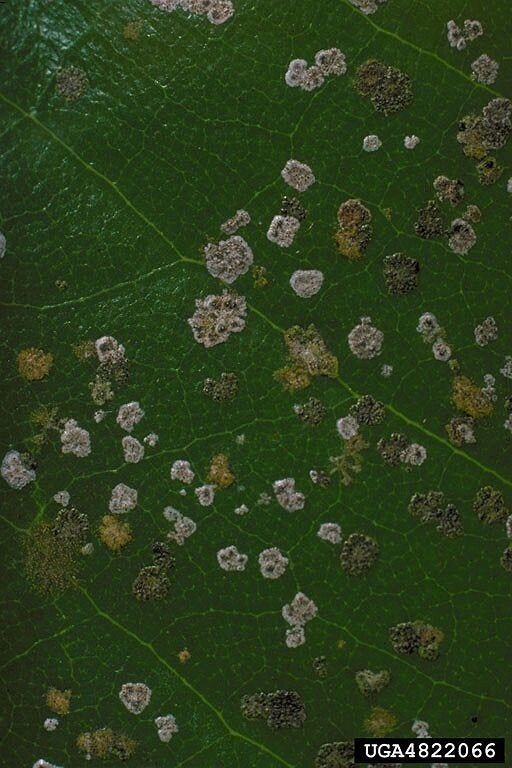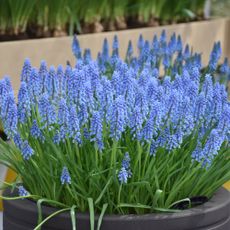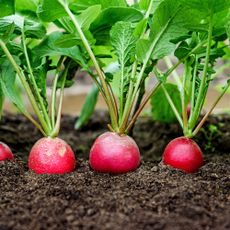Blackberry Algal Spot – Treating Algal Spots On Blackberries


In many cases, blackberries with algal spots will still produce a good crop of berries, but in the right conditions and when severe, the infection can really take a toll on canes. It’s especially important to look for signs of algal spot if you are growing blackberries in a warm and humid climate. A bad infection could kill your plants.
Cephaleuros of Blackberry
Very few species of algae infect plants, but one, Cephaleuros virescens, infects and causes damage in blackberry canes. When the infection is mild, it doesn’t cause much damage and the canes will still produce good fruit in abundance. However, when the infection spreads, it can girdle the canes or even cause splitting that allows other infections to set in, and ultimately this can damage the canes enough to kill them and severely limit the crop.
Signs of Blackberry Algal Spot
The infection causes light green to yellow or orange velvety spots to form on canes, which is why the disease is also called orange felt or orange cane blotch. The spots begin near the base of canes and will be more prevalent there than higher up. The spots get more orange in color and fuzzier as the infection continues. When the conditions are right—warm and wet—the spots will merge and ultimately cover or girdle the cane. To distinguish between algal spots and a rust disease, rub the orange spots. If the color comes off on your fingers, it is a rust disease. If it stays put, it is more likely Cephaleuros of blackberry. The spots typically begin appearing in early summer and grow larger and merge in the fall.
Treating Blackberry Spots
There are many methods of cultural control you can try to manage algal spots on blackberries before turning to chemical interventions. To prevent spreading the infection to new canes, for instance, trim back old canes after harvesting berries and destroy them. Use drip irrigation instead of overhead to reduce standing moisture on the canes. Keep them well trimmed and keep the area underneath weed-free to promote air flow. Make sure your canes are planted in a spot that drains well. You can also help your blackberry canes fight off the infection by providing them with the appropriate soil amendments and fertilizer, as well as adequate water without overwatering. If the infection gets severe, you can try a copper fungicide spray.
Gardening tips, videos, info and more delivered right to your inbox!
Sign up for the Gardening Know How newsletter today and receive a free copy of our e-book "How to Grow Delicious Tomatoes".

Mary Ellen Ellis has been gardening for over 20 years. With degrees in Chemistry and Biology, Mary Ellen's specialties are flowers, native plants, and herbs.
-
 Ultimate Potted Flowers For Spring: 8 Brilliant Blooming Options for Spring Containers
Ultimate Potted Flowers For Spring: 8 Brilliant Blooming Options for Spring ContainersCelebrate the most uplifting of seasons with the most dazzling container flowers imaginable. Here, we present some of the loveliest potted flowers for spring…
By Tonya Barnett
-
 Never Use Homemade Compost Until It Passes This Simple Radish Test
Never Use Homemade Compost Until It Passes This Simple Radish TestThe radish test is a foolproof trick for knowing whether your homemade compost is ready for planting – or if it could harm the health of your plants.
By Mary Ellen Ellis